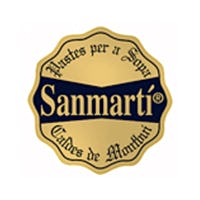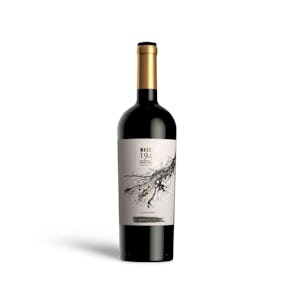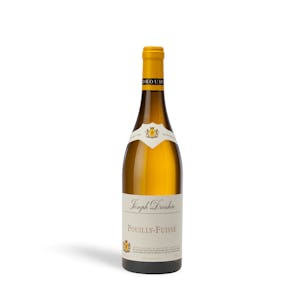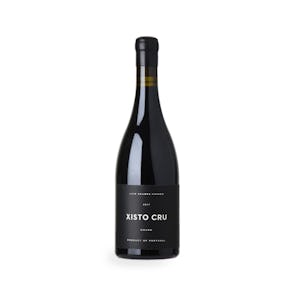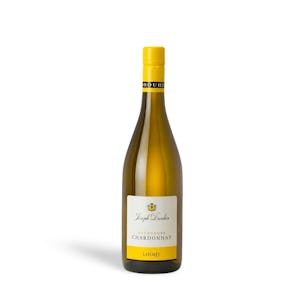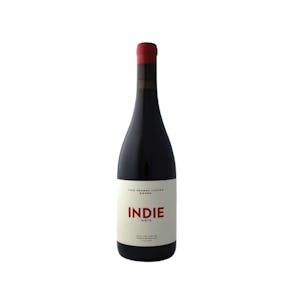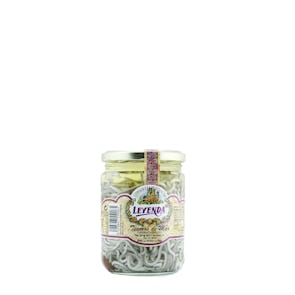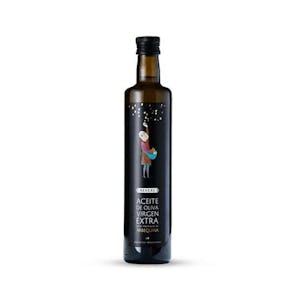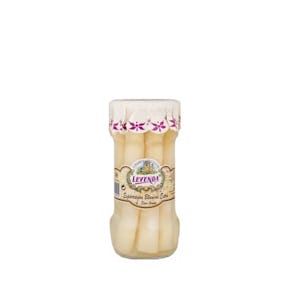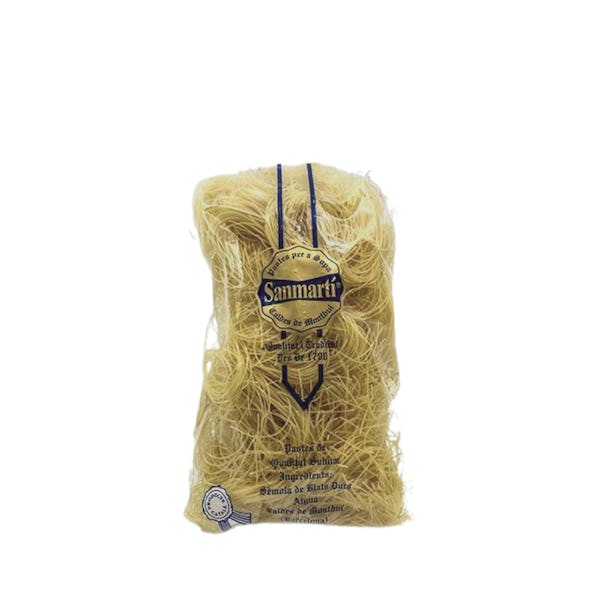
TASTING NOTES FROM THE CURATOR
Pasta San Marti Fideo Cortado No. 1 (Angel Hair) is made of wheat semola and thermal water from Caldes de Montbui. “Fideo” is Spanish for “noodles,” and “cortado” means “short.” The name is to the point, and these Barcelona noodles are fine and golden evoking vermicelli.
PREPARATION AND PAIRINGS
There are two traditional ways of using fideo noodles. One is sopa de fideo, a noodle soup that originated in Spain.
- Blend white or yellow onions, tomatoes, and garlic until smooth.
- Heat oil in a large pot on medium-high heat.
- Toast the fideo noodles for about 3-5 minutes in the pot, until golden brown.
- Pour in your onion-tomato-garlic mixture, and add in vegetable broth. Add in salt, paprika, cilantro, and cumin. Mix all together, and bring to a boil.
- Let simmer partially covered for about 30 minutes, or until the noodles are soft and the soup has reduced.
- Serve in bowls and garnish with cilantro and lime juice.
Another is the fideuà, a Valencian dish that is similar to paella, but with fideo noodles. Though traditionally cooked in a large pan for many people, it’s relatively easy to scale it down and cook in a normal pan.
- On a wide frying pan, heat some olive oil on medium heat. Add uncooked fideo noodles, and fry for about 5 minutes. Remove and set noodles aside.
- Add more olive oil to the pan, turn up the heat, and add in chopped squid and salt. Stir it a little, then half cover with a lid, and leave it to cook for a few minutes.
- Once the squid has browned, add in prawns, minced garlic, and chopped onion, and cook until everything is golden. Then add in chopped tomato, saffron, and pimentón. Stir constantly.
- Add a cube of stock (fish is preferred), and water. Bring to a boil.
- Let simmer for about 10 minutes, then add in the toasted fideo noodles. Let cook for a couple more minutes, until the pasta has absorbed all the liquid.
- Serve hot.
A SIMPLE SOLUTION
The origins of the dish, fideuà, is said to come from a story about a cook, Gabriel Rodriguez Pastor, who worked as a book on a boat. The boat captain loved rice, and whenever the cook made arròs a banda (which he prepared often), the rest of the sailors would never get their full share. To try and solve the problem, the cook made use of noodles instead of rice, to see if it was just as appealing to the captain. It was widely liked, and its popularity spread to harbor eateries.
Storage Instructions
Store dry, uncooked pasta in a cool, dry pantry for up to one year. Preserve freshness by storing dry pasta in an air-tight box or container. Store plain (no sauce or other ingredients) cooked pasta in a container or plastic sealable bag in the refrigerator for up to five days and up to three months in the freezer.

